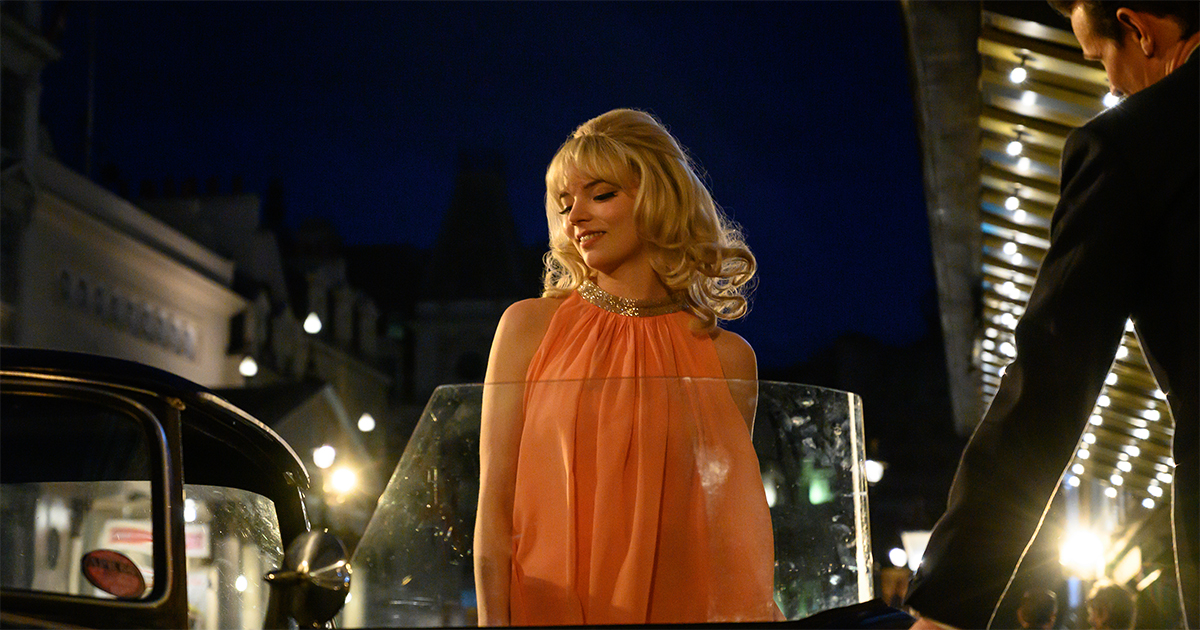
James Bond may be back — but will audiences follow? That’s the multi-million dollar question to which no one in Hollywood knows the answer. Or perhaps even cares, since the studios’ first priority is no longer theatrical but streaming.
After more than a year of people starved of the opportunity to visit the cinema — during which feature productions were forced to postpone principal photography and/or had their release dates delayed — the schedule is unwinding in a flurry of releases.
Hot on the heels of Daniel Craig’s final bow as 007 comes Denis Villeneuve’s already acclaimed adaptation of Dune and Steven Spielberg’s remake of West Side Story. Lin Manuel Miranda debuts another musical, Tick, Tick…Boom!, this time on Netflix. The streamer also has one of the early hot Awards prospects in Jane Campion’s The Power of the Dog.
“People who want to go back to the movies really want to go back; their idea of what movies can and should be hinges on a vision writ large in their imagination. Other, more indifferent viewers are happy to welcome the new delivery methods, depending on what’s most convenient for them. Either way, studios will find ways to make money off their products — and evidence suggests that most of them don’t care where or how you watch, as long as they make their money.”
— Stephanie Zacharek
Other big name properties include Ridley Scott’s House of Gucci; Cannes Palme d’Or winner Titane; Edgar Wright’s trippy Last Night in Soho; Joel Cohen’s Shakespearean take, The Tragedy of Macbeth, shot in black and white starring Denzel Washington for AppleTV+; Will Smith as the father and coach of famed tennis players Venus and Serena Williams in King Richard; and Guillermo del Toro’s follow up to Best Picture winner The Shape of Water called Nightmare Alley, starring Bradley Cooper. Plus, before Christmas, a new Paul Thomas Anderson drama, Licorice Pizza, with another Bradley Cooper performance — to list only a few.
The big question is whether people will rush to see these movies in theaters or, their curiosity piqued, just wait until they’re available to stream. Some like Dune will have a dual release in theaters and on HBO Max; some, like The Tragedy of Macbeth, have no plans for theaters at all.
As Stephanie Zacharek, the film critic for Time, points out, it’s not like the box office numbers for recent releases give us a clue.
Box-office returns for Disney’s Black Widow, released simultaneously in theaters and via streaming, were ultimately disappointing. But the Ryan Reynolds comedy Free Guy and the Aretha Franklin biopic Respect — which both launched only in theaters before being made available via streaming — ”lured a respectable number of moviegoers from their pandemic-era lairs,” she reports.
“People who want to go back to the movies really want to go back; their idea of what movies can and should be hinges on a vision writ large in their imagination. Other, more indifferent viewers are happy to welcome the new delivery methods, depending on what’s most convenient for them. Either way, studios will find ways to make money off their products — and evidence suggests that most of them don’t care where or how you watch, as long as they make their money.”
READ MORE: How This Fall Could Shape the Future of Moviegoing (Time)
We should also be careful about who is telling us — even indirectly — that streaming is the new and ideal model. All the studios have a vested interest in promoting their own streaming subscription platform.
“The companies that used to make big-screen movies now have a great deal invested in feeding you a steady diet of small-screen ones,” Zacharek says.

The pandemic induced convenience is no longer an excuse, she thinks. “All the better if [the studios] can make it look like it was our idea in the first place — that way they can pretend they’re merely offering us a wonderful service (for a price), rather than killing off movies as we know them.”
“All the better if the studios can make it look like it was our idea in the first place — that way they can pretend they’re merely offering us a wonderful service (for a price), rather than killing off movies as we know them.”
— Stephanie Zacharek
Zacharek doesn’t, however, think the die is cast for big-screen movie watching. It won’t be the big studios that will keep movie-going alive, she believes.
“Movies will be kept alive by people who care about them as artistry first and a means of making big bucks second. Streaming just may become the major delivery system for what we used to think of as big-studio theatrical releases. But smaller, smarter films aimed at grown-ups may be the ones that save the movies.”
She’s talking here of films by Pedro Almodóvar, Pablo Larraín or Claire Denis — on the big screen, and argues that the streaming revolution might strengthen, rather than chip away at, people’s desire to see this kind of movie on the big screen.
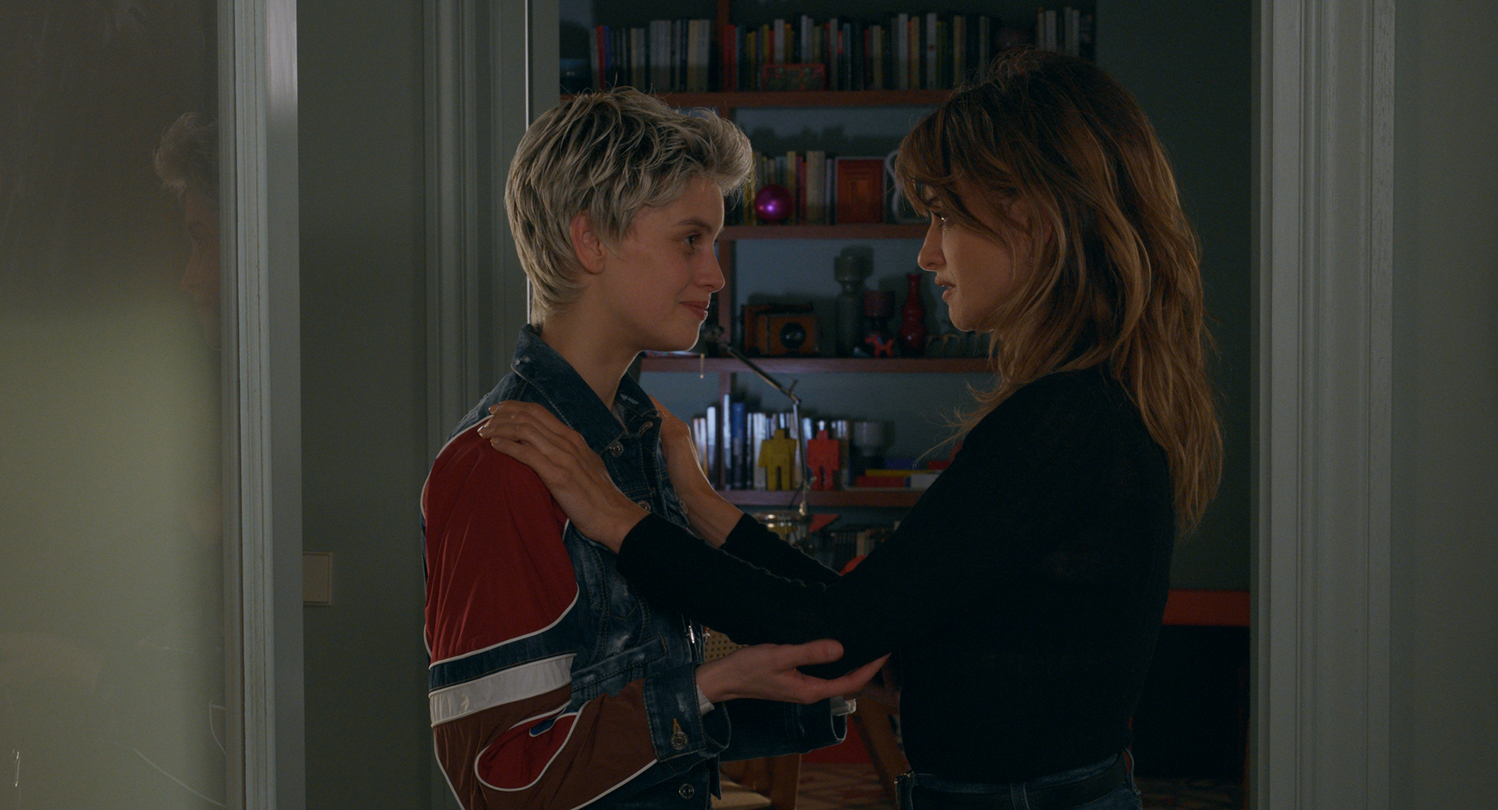
© El Deseo, photo by Iglesias Más. Courtesy of Sony Pictures Classics.
I’d like to believe her — I’m a cinephile too. That also means the romantic view of experiencing a film for the first time on the big screen in a darkened room in the company of strangers is something to cherish — but may no longer be a basis for a mass market business model.
Theatrical will likely survive, probably for the IMAX and multi-sensory overload luxury giant screens for playing occasional mega-budget blockbusters (also available online) and at the other end of the market, for the ‘analogue’ romance of going out to enjoy an arthouse classic projected.
“Stranger things have happened: in music, vinyl has been kept alive by boutique enthusiasts of all ages, while CDs — though still beloved by some — are as quaint as gramophone records.”
RELATED CONTENT
Say It Five Times: Director Nia DaCosta Makes Her Own Mythology With “Candyman”




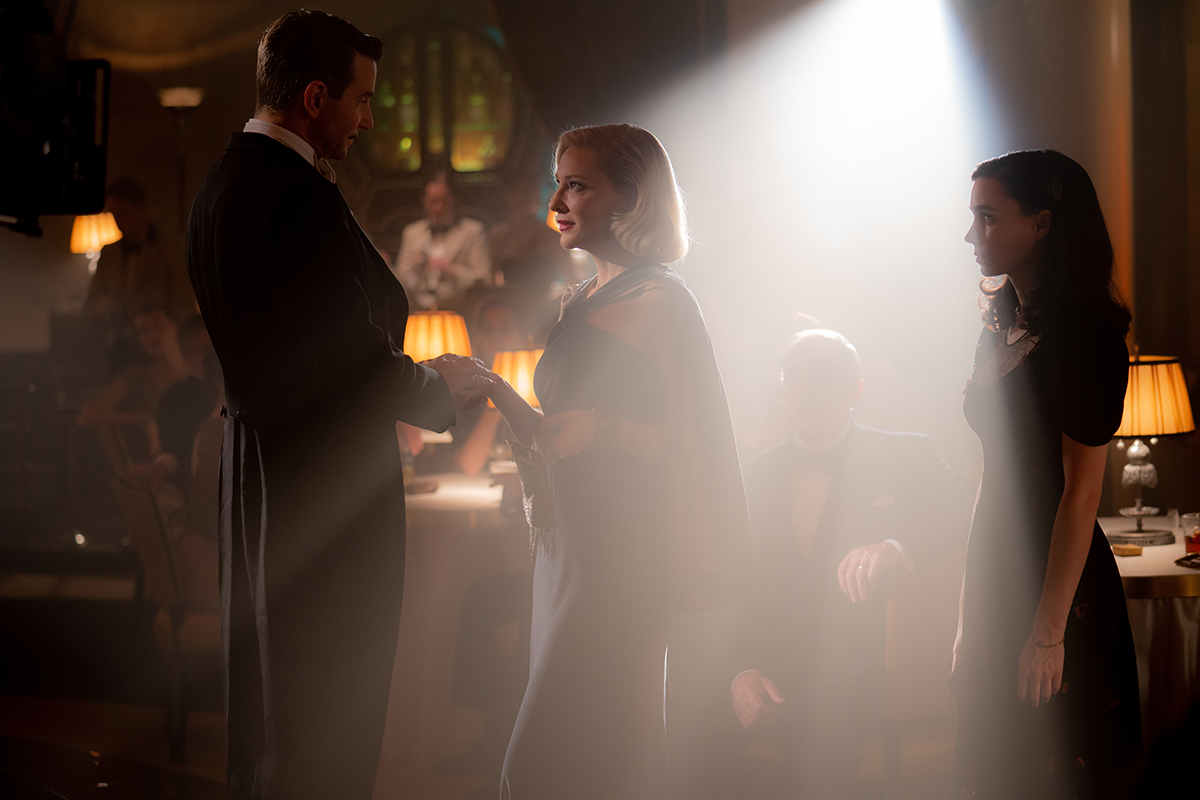




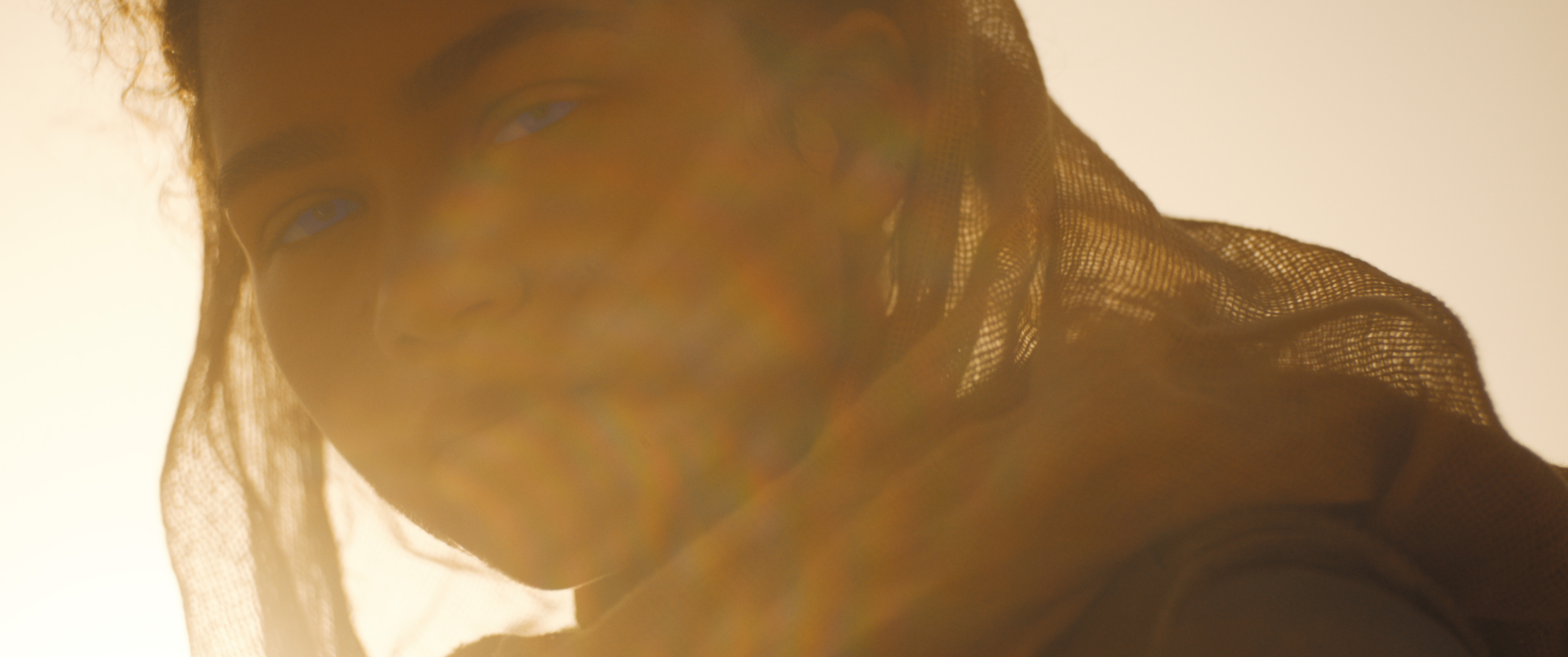


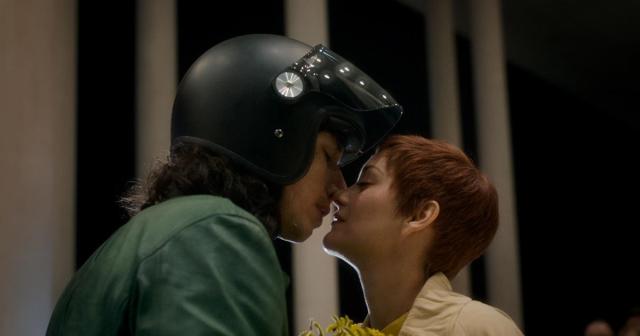
It is challenging to use Bond as a metric of the desire of the public to return to the theater. There is a wave of resistance that can be witnessed in the Bond fan base on social media to changes to the Bond character and the apparent direction of the Bond universe and that resistance is very likely to affect box-office. This resistance is agnostic to the feature’s release on streaming platforms or in theaters, they are resisting both. It is also public knowledge that the franchise will need to achieve somewhere in the range of 900 million $US to break even after the delays brought about by Covid and so they feel their protest has more teeth.
Regardless, it would seem difficult to define from the performance of a controversial film release.
Fascinating! I was thinking I was the only person to look back longingly at the Connery era, not just for style and jet packs but also for, well, a sense of fun — I’ll be interested to see how this plays out (and how EON takes the franchise forward).